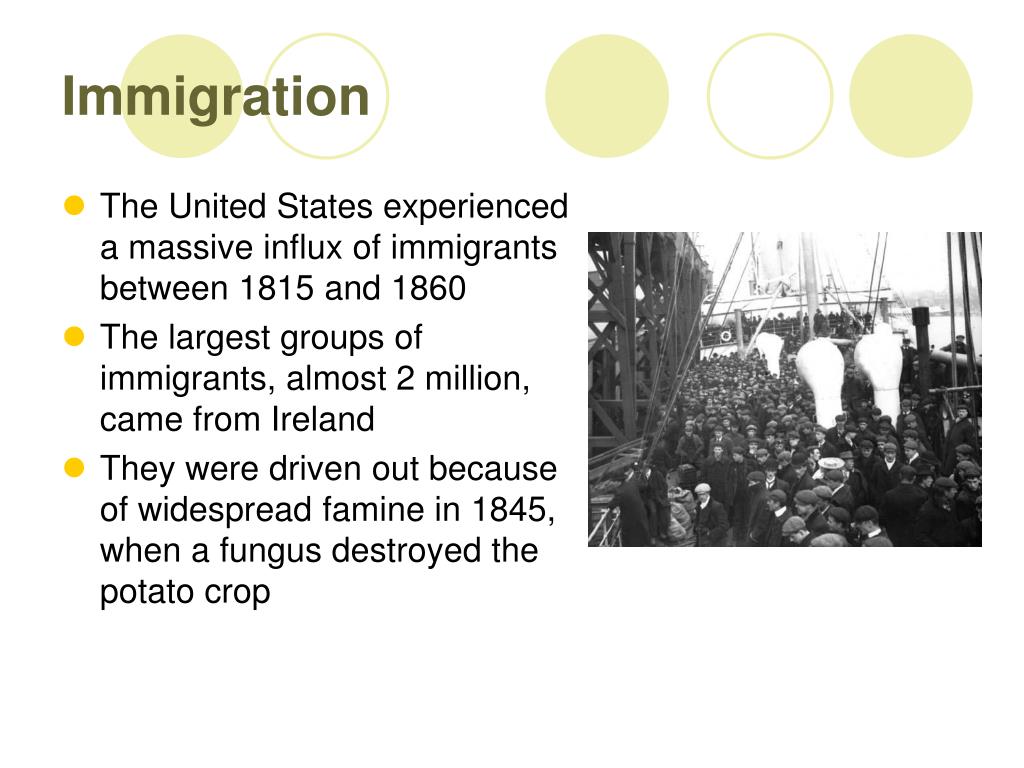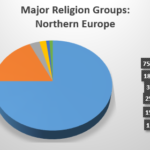How Immigration Transforms the Religious Cultural Landscape: Impact, Diversity, and Access

Introduction: Immigration’s Role in Shaping Religious Culture
Immigration is a powerful force that continually transforms the cultural landscape of religion across nations. The movement of people across borders does not merely add to population figures-it brings new beliefs, traditions, and practices into established religious environments, leading to increased diversity, evolving worship habits, and novel forms of religious expression. Understanding how immigration affects religion is essential for communities, policymakers, and individuals seeking to navigate this changing environment.

Source: materialcampuscleveland.z13.web.core.windows.net
Immigration and Religious Affiliation: Expanding Diversity
One of the most direct impacts of immigration on the religious landscape is the broadening of religious diversity. Immigrants often arrive with strong religious affiliations, sometimes at higher rates than the native population. For instance, research shows that 86% of immigrants to the United States express a religious affiliation, compared to 77% of the overall U.S. population [1] . This influx increases the total number of people practicing religion and introduces minority faith groups with growing representation, such as Muslims, Hindus, and Buddhists [1] .
For example, the share of legal permanent residents in the U.S. who are Christian has declined slightly over the past few decades, while the proportion of religious minorities has increased. Between 1992 and 2012, the share of Muslims among new green card recipients doubled from 5% to 10%, and Hindus from 3% to 7% [1] . This shift fosters a more pluralistic society, where diverse faiths coexist and interact, changing the religious landscape in visible ways.

Source: dvdsreleasedates.com
Changing Demographics Within Major Religious Groups
Immigration not only introduces new religions but also changes the makeup of existing ones. The Roman Catholic Church in the U.S., for instance, has seen significant growth in Hispanic/Latino membership due to immigration from Latin America. Nearly half of Catholics aged 18 to 29 are Hispanic/Latino, compared to just 12% among those aged 70 and older [4] . This demographic transformation brings new cultural traditions, worship styles, and community priorities into established faiths, influencing liturgical language, music, and outreach.
Similar trends are observed in Protestant denominations, as well as in non-Christian faiths. The rise in non-Western religions such as Buddhism, Hinduism, and Islam-though still small in overall numbers-has more than doubled among the foreign-born population compared to native-born Americans [4] . These shifts require faith communities to adapt, offering multilingual services, culturally relevant events, and new leadership structures.
Religious Practice and Access: Navigating New Environments
While immigrants tend to have strong religious affiliations, their practices often change after migration due to factors like access to worship spaces, work schedules, and the pressures of assimilation. Attendance at religious services can decline, particularly among groups with fewer established places of worship. For example, Orthodox Christians may experience reduced attendance simply because their churches are less prevalent, while Roman Catholics, despite a strong church network, may still see decreased participation due to the adjustment to a new environment [3] .
Non-Christian immigrants often face significant barriers to maintaining regular worship, with Muslims and Hindus experiencing notable drops in weekly attendance after relocating [3] . Nevertheless, some groups, such as Jewish immigrants, report increased engagement after migration, possibly due to stronger community ties or greater access to religious resources in their new country.
Societal Responses and Public Opinion
Public attitudes toward the religious impacts of immigration vary across faith communities and levels of religious engagement. Surveys indicate that most U.S. adults appreciate the nation’s openness to newcomers, viewing diversity as essential to national identity [5] . However, opinions diverge on whether increased immigration has improved the country. Highly religious Americans are more likely to perceive immigration as a negative change, while those with lower religious engagement see it as a positive force for diversity [5] .
These perceptions affect policy debates, community outreach, and the willingness of institutions to adapt to new religious realities. Factors like race, ethnicity, political affiliation, and education also shape views on religious diversity, emphasizing the complexity of immigration’s impact on religion.
Practical Steps for Engaging with Religious Diversity
If you wish to connect with new or changing religious communities, consider the following steps:
- Research local places of worship: Use community directories, local religious councils, or major faith organizations to find nearby churches, mosques, temples, or synagogues. Many cities have interfaith networks that provide listings and contact information.
- Attend multicultural religious events: Festivals, open houses, and public celebrations are excellent opportunities to learn about new traditions and meet community members.
- Seek out language-specific services: Many religious institutions offer services in languages other than English, reflecting the needs of immigrant populations. Contact the administration for schedules and available programs.
- Volunteer or participate in outreach programs: Many religious organizations run programs to support immigrants, such as ESL classes, legal aid, or cultural orientation. Volunteering can help build connections and offer practical assistance.
- Consult official faith organizations: For guidance, visit the official websites of national religious bodies, such as the United States Conference of Catholic Bishops, Islamic Society of North America, or Hindu American Foundation. These organizations often provide resources for newcomers and community members.
If you are unable to find a specific place of worship or program, you can:
- Contact your local government’s community affairs or multicultural services office for directories and support.
- Search online using keywords such as “immigrant religious services [your city]”, “multicultural worship centers”, or “[faith tradition] immigrant outreach” for up-to-date information.
- Speak with community leaders or social service agencies who can provide referrals and introductions.
Challenges and Solutions in Religious Adaptation
Immigrants may face challenges such as unfamiliarity with local religious customs, difficulty accessing worship spaces, or even encountering prejudice. Solutions include:
- Faith communities offering welcome programs and cultural orientation sessions.
- Collaboration between established religious institutions and immigrant groups to create inclusive environments.
- Use of technology, such as livestreamed services or online prayer groups, to overcome physical or linguistic barriers.
Alternative approaches include forming informal prayer groups, seeking out interfaith dialogue initiatives, and networking through cultural associations if formal religious infrastructure is lacking.
Key Takeaways for Individuals and Communities
Immigration shapes the religious landscape by:
- Increasing overall religious diversity and introducing new traditions.
- Transforming demographic profiles within existing faiths, leading to evolving practices.
- Challenging communities to adapt with inclusive services, outreach, and education.
- Prompting ongoing public debate over the role of religion in a diverse society.
By actively engaging with these changes and seeking out resources, individuals and communities can foster greater understanding, inclusion, and spiritual vitality in an evolving religious landscape.
References
- [1] Working Immigrants (2018). Religious affiliation of immigrants.
- [2] Yale Divinity School (2004). A Land of Immigrants, a Shifting Religious Marketplace.
- [3] National Institutes of Health (2011). The Effect of Immigration on Religious Belief and Practice.
- [4] Population Reference Bureau (2021). Immigration Gives Catholicism a Boost in the United States.
- [5] Pew Research Center (2025). Religion and views on immigration and diversity.






